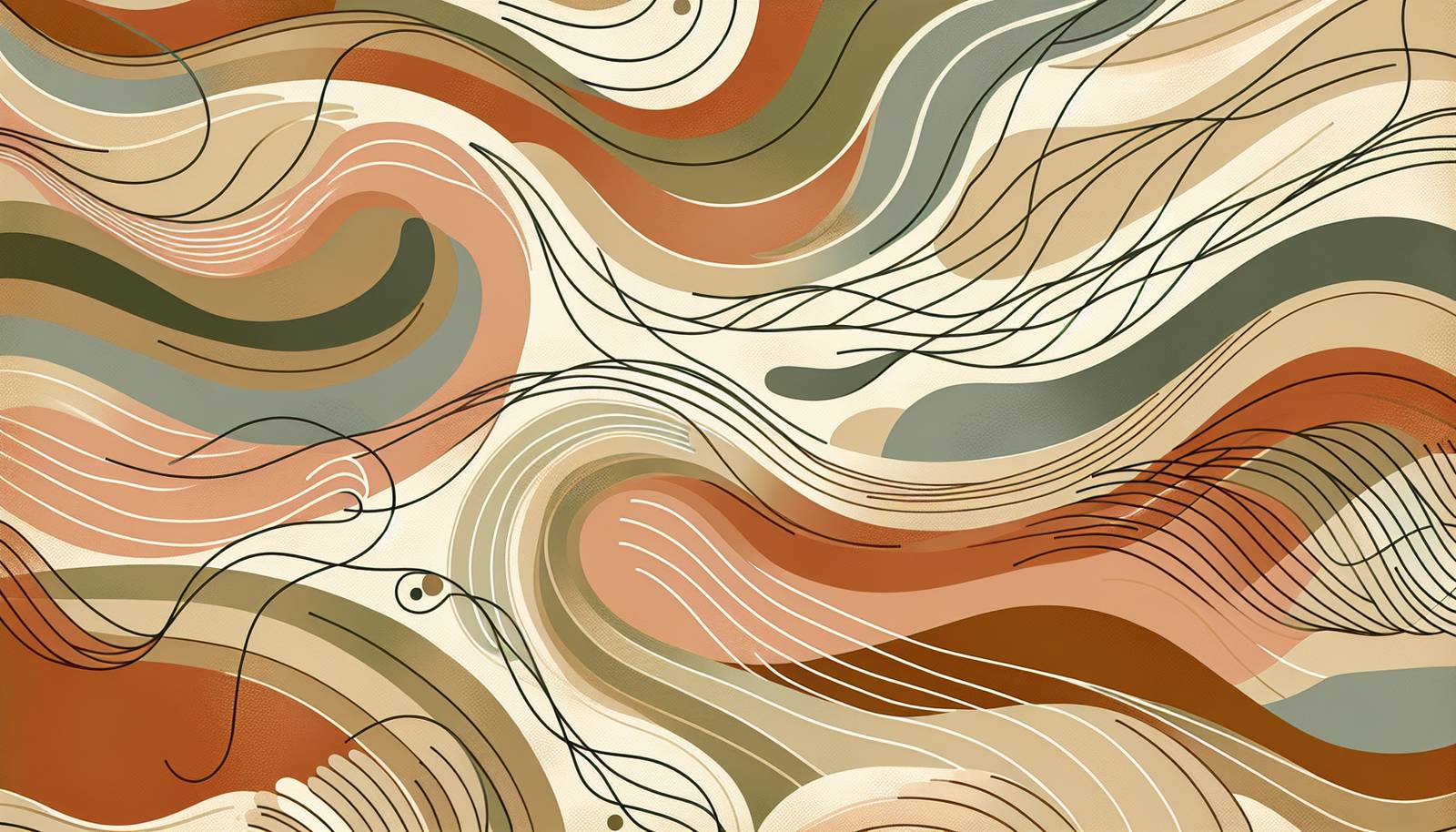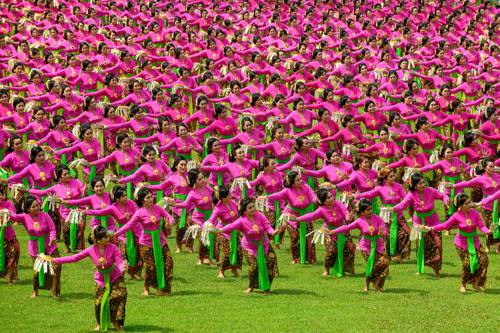
FAQ About The Influence of Folk Dance Revival Movements

What is a folk dance revival movement?
A folk dance revival movement is an organized effort aimed at reviving, preserving, and promoting traditional folk dances that might be at risk of fading into obscurity. These movements often involve the documentation, teaching, and performance of folk dances to ensure cultural heritage is maintained and appreciated by future generations. They can occur at both local and national levels and often involve collaboration between cultural practitioners, historians, and community groups.

Why are folk dance revival movements important for cultural heritage preservation?
Folk dance revival movements are crucial for cultural heritage preservation as they help to safeguard intangible cultural practices that are an integral part of a community's identity and history. By reviving and promoting these dances, such movements ensure that traditional art forms are not lost to modernization and globalization. They also provide opportunities for education, community engagement, and the strengthening of local culture through public performances, workshops, and festivals.

How do folk dance revival movements influence modern dance forms?
Folk dance revival movements influence modern dance forms by inspiring contemporary choreographers to incorporate traditional dance techniques, music, and motifs into new creations. This blending of old and new can result in innovative dance forms that resonate with modern audiences while maintaining a connection to cultural roots. Such influences often lead to a richer, more diverse dance landscape, where the boundaries between folk, traditional, and contemporary dances are explored and expanded upon.

Can you give examples of successful folk dance revival movements?
One example of a successful folk dance revival movement is the Renaissance of Celtic dance in Ireland, boosted by prominent shows like Riverdance and Lord of the Dance, which have achieved global acclaim. Another example can be found in the Balkans, where traditional dances such as the Kolo and Horon have been preserved and promoted through local cultural institutions and festivals, keeping these dances alive and thriving.

What role do cultural festivals play in folk dance revival movements?
Cultural festivals play a significant role in folk dance revival movements by providing a platform for the performance and celebration of traditional dances. These festivals often bring together artists, dance enthusiasts, and the general public, facilitating cultural exchange and appreciation. They also help to raise awareness of the cultural significance of folk dances, promote tourism, and foster community spirit, which further energizes the revival efforts.

How do folk dance revival movements address cultural appropriation?
Folk dance revival movements address cultural appropriation by encouraging respectful engagement with traditional art forms. They emphasize the importance of understanding the cultural context, history, and significance of the dances before they are performed or adapted. Collaboration with original practitioners and communities is often promoted to ensure authenticity and proper representation, thereby protecting the cultural heritage from misuse or misrepresentation.

Are there any global organizations supporting folk dance revival movements?
Several global organizations support folk dance revival movements, such as the International Council of Organizations of Folklore Festivals and Folk Arts (CIOFF), which works to preserve and promote folk arts worldwide. These organizations often provide a network for sharing resources, methodologies, and best practices among cultural practitioners and organizers, enhancing the effectiveness and reach of revival initiatives.

What challenges do folk dance revival movements face?
Folk dance revival movements face numerous challenges, including limited funding and resources, which can hinder the documentation and promotion of traditional dances. They may also struggle with declining interest among younger generations, who might perceive these dances as outdated. Additionally, there can be tension between maintaining authenticity and adapting to contemporary tastes, as well as navigating cultural sensitivities and potential accusations of cultural appropriation.

How do technology and media impact folk dance revival movements?
Technology and media significantly impact folk dance revival movements by providing new platforms for sharing and promoting traditional dances. Social media, video platforms, and digital archives allow for wider dissemination and access to folk dance performances and educational materials, reaching audiences that might not be accessible through traditional means. This increased visibility can attract new interest and support for folk dance revival efforts.

What is the artistic significance of folk dance revivals?
Folk dance revivals hold artistic significance as they contribute to the diversity and richness of the global dance repertoire. By reintroducing traditional techniques, rhythms, and storytelling into contemporary practice, they inspire new creative forms and deepen the historical understanding of modern dance. These revivals bring a cultural depth to the arts, influencing other creative domains such as theater, music, and visual arts.

How can individuals participate in folk dance revival movements?
Individuals can participate in folk dance revival movements by joining local folk dance groups, attending festivals and workshops, or volunteering with cultural organizations dedicated to preserving traditional dances. Learning and performing traditional dances themselves also helps to keep these practices alive. Publicizing these dances through social media and personal networks can further raise awareness and generate interest.

What is an example of a region where folk dance revival has had a major impact?
The Scandinavian countries, particularly Sweden and Norway, have seen significant impacts from folk dance revivals. Movements in these regions have led to the re-assessment and popularization of dances such as the polska and halling, supporting a resurgence in traditional music and culture. By integrating these elements into modern celebrations and educational curriculums, these revivals have enriched regional cultural identities.

How do folk dance revival movements contribute to social cohesion?
Folk dance revival movements contribute to social cohesion by bringing people together to celebrate shared cultural heritage. Participating in these dances fosters a sense of community and belonging, bridging generational gaps and building social networks. The collaborative nature of dance practices promotes teamwork and understanding among diverse groups, enhancing social unity and cultural empathy.

Why might some communities resist folk dance revival movements?
Some communities might resist folk dance revival movements due to a fear of misrepresentation or the commercialization of their cultural traditions. There may also be concerns about the authenticity and integrity of the dance forms being preserved. Additionally, communities might feel that focusing on past traditions could hinder progress towards a modern identity, leading to reluctance in embracing revival efforts.

What role do educational institutions play in folk dance revivals?
Educational institutions play a critical role in folk dance revivals by incorporating traditional dances into their curricula and extracurricular programs. By doing so, they provide students with opportunities to learn about and engage with their cultural heritage. Institutions often collaborate with folklore experts and dance practitioners to offer workshops, performances, and lectures, fostering an appreciation for folk dances among younger generations.

How is the success of a folk dance revival movement measured?
The success of a folk dance revival movement can be measured by the extent to which it achieves its goals of preservation and promotion. Indicators of success include increased participation rates, the number of new practitioners trained, the visibility of folk dances in cultural events, and growing interest from younger audiences. Long-term success may also be reflected in the integration of these dances into mainstream cultural practices and their representation in media.

Is there a relationship between folk dance revivals and tourism?
Yes, there is a significant relationship between folk dance revivals and tourism. Reviving folk dances often draws cultural tourists interested in experiencing authentic traditional performances. These movements can lead to increased cultural festivals and events, which attract visitors and generate economic benefits for communities. Additionally, tourists engaging with local dances help promote cultural exchange and appreciation, contributing to cultural sustainability.

How do folk dance revival movements maintain authenticity?
Folk dance revival movements maintain authenticity by staying true to the original forms, techniques, and contexts of traditional dances. This often involves working closely with cultural custodians and bearers of these traditions to ensure accurate transmission of knowledge. Additionally, research and documentation play a crucial role, allowing revivals to build upon verified historical materials and practices, thus preserving the integrity of the dances.

What impact do folk dance revivals have on local economies?
Folk dance revivals can have a positive impact on local economies by stimulating cultural tourism, creating jobs, and encouraging the production and sale of traditional artifacts and costumes. Events and festivals associated with these revivals attract visitors who spend on accommodations, food, and local crafts, providing a boost to regional development. Additionally, these activities can lead to increased funding and investment in local cultural projects.

How does globalization affect folk dance revival movements?
Globalization presents both challenges and opportunities for folk dance revival movements. On one hand, it can lead to the homogenization of cultural practices and threaten the uniqueness of traditional dances. On the other, globalization facilitates the exchange of cultural knowledge and resources, providing platforms for wider dissemination and support. Movements can leverage global connections to attract international interest and collaboration while working to safeguard their distinct cultural practices.
